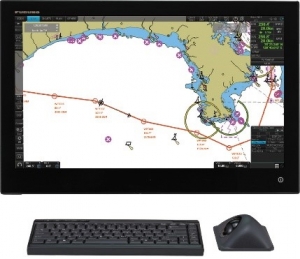Cyber Operators Course (Op) – Module 9
Good cyber hygiene and training – How far could a hack go?
As an example, you have lost track control so you need to revert to manual control? Vessels are required to practice manual steering control. It’s one of the very last systems on board that has a genuine manual control, but it is still time consuming to operate manually. Steering instructions are by VHF or telephone from bridge to steering room; this all ties up busy engineering resource that is likely to be required elsewhere on the vessel whilst arriving in port. It is a pain and lends itself to incidents. We have ships engineers on our team who have been there during manual control exercises.
There is also potential to interfere prior to manual control being implemented. Steering control from the bridge can be either automatic (e.g. ECDIS in track control mode), heading – where the rudder maintains a heading, or manual bridge control. Full manual control involves disconnecting the telemotor and moving a lever in the steering room that physically moves valves to control hydraulic rams that operate the rudder. Manual engine control can be challenging, particularly when manoeuvring:
Control is usually direct from the bridge – the engine control levers directly control the engine control systems. These communicate using serial data networks that can be manipulated.
Control can also be managed from the engine control room, through programmable logic controllers (PLCs) and human-machine interfaces (HMIs). Again, these contain serial data communications that can be tampered with.




